
S2G Atelier
S2G Atelier
S2G Atelier
Working hand in hand with some of the most meticulous weavers in the southern region of the Himalayas, Sabine de Gunzburg and Les Ateliers Courbet offer a diverse palette of custom rug designs, weaves and materials.
Exemplifying Nepal’s rug traditions, the collection includes limited edition rugs by guest artists including Frank Gehry, Vladimir Kagan, and Francis Picabia; designs by Sabine de Gunzburg and Les Ateliers Courbet; in addition to bespoke rug-design services.
The history of weaving in the Himalayan region dates from the second century CE. Retrieved writings by ancient travelers and traders describing the clothes and rugs of the region as beautiful protections against the harsh winter seasons, attest to the longevity of the textile traditions in the southern region of the Himalaya.
The unrivaled rug-weaving techniques of India and Nepal were developed in the 17th Century. Materials like silk and pashmina gave an incredibly soft texture and resistance while permitting a greater number of tighter knots in the woven rugs and tapestries. By the mid-17th century, the local art of weaving had reached new heights, with tapestries of some of these silk yarns incorporating nearly 4,500 knots per square inch.
As with all other crafts, carpet-making saw a decline for some time, but the tradition was sustained through select and highly-regarded families. To this day, Indian and Nepalese weavers are considered to produce the most highly technical, skillful, and classically-crafted carpets and rugs in the world.
S2G Atelier
Working hand in hand with some of the most meticulous weavers in the southern region of the Himalayas, Sabine de Gunzburg and Les Ateliers Courbet offer a diverse palette of custom rug designs, weaves and materials.
Exemplifying Nepal’s rug traditions, the collection includes limited edition rugs by guest artists including Frank Gehry, Vladimir Kagan, and Francis Picabia; designs by Sabine de Gunzburg and Les Ateliers Courbet; in addition to bespoke rug-design services.
The history of weaving in the Himalayan region dates from the second century CE. Retrieved writings by ancient travelers and traders describing the clothes and rugs of the region as beautiful protections against the harsh winter seasons, attest to the longevity of the textile traditions in the southern region of the Himalaya.
The unrivaled rug-weaving techniques of India and Nepal were developed in the 17th Century. Materials like silk and pashmina gave an incredibly soft texture and resistance while permitting a greater number of tighter knots in the woven rugs and tapestries. By the mid-17th century, the local art of weaving had reached new heights, with tapestries of some of these silk yarns incorporating nearly 4,500 knots per square inch.
As with all other crafts, carpet-making saw a decline for some time, but the tradition was sustained through select and highly-regarded families. To this day, Indian and Nepalese weavers are considered to produce the most highly technical, skillful, and classically-crafted carpets and rugs in the world.
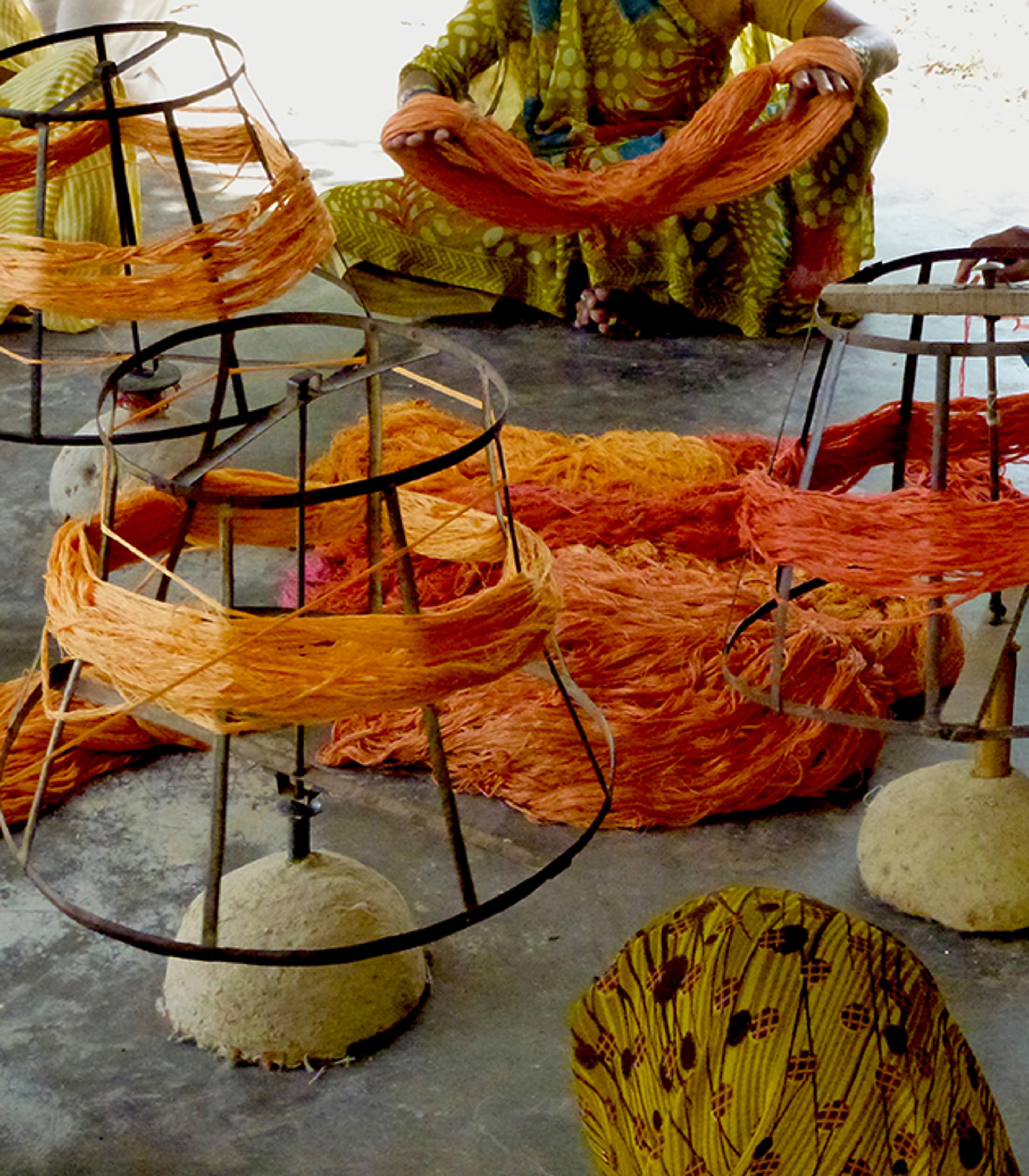
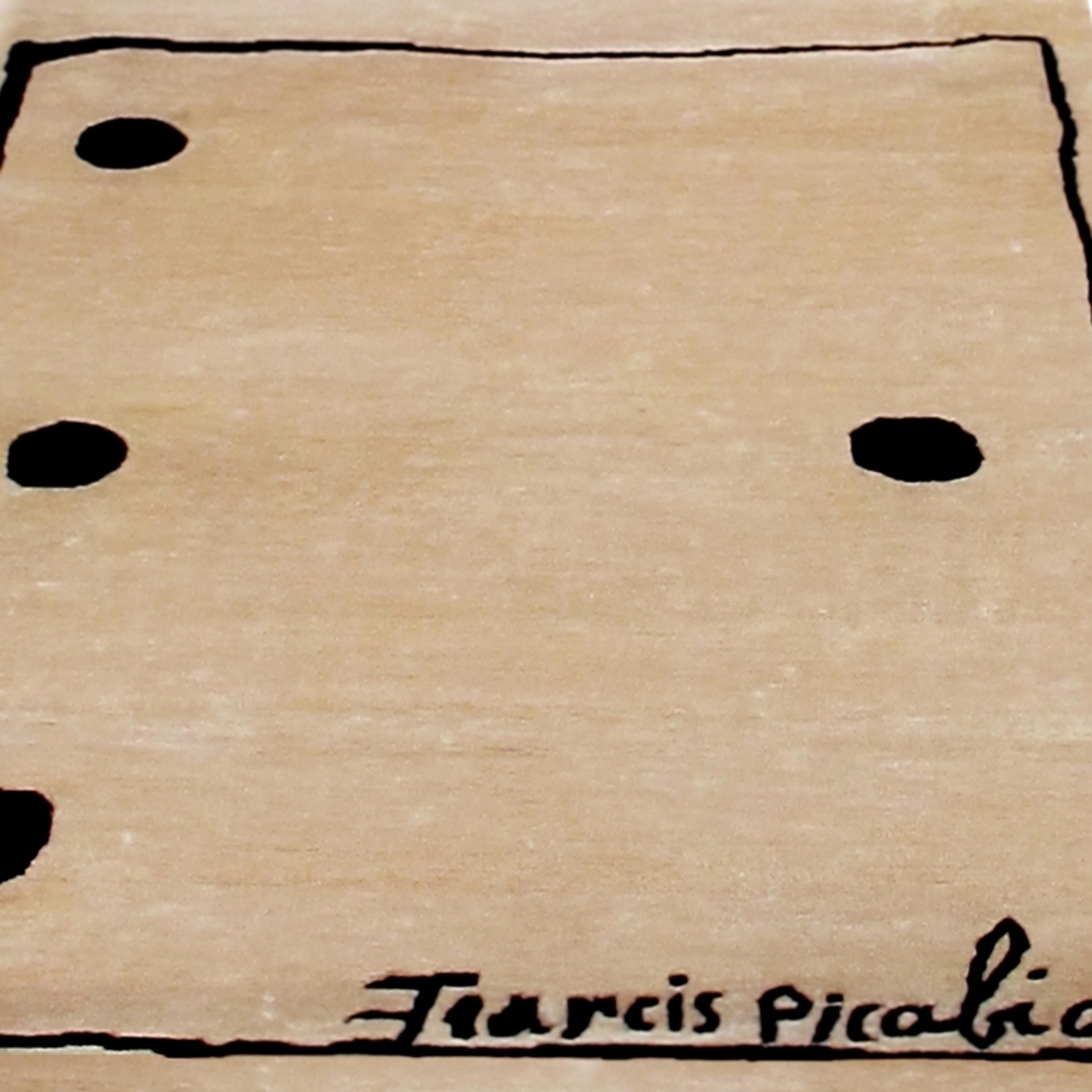
F. PICABIA SILK RUG

F. PICABIA SILK RUG
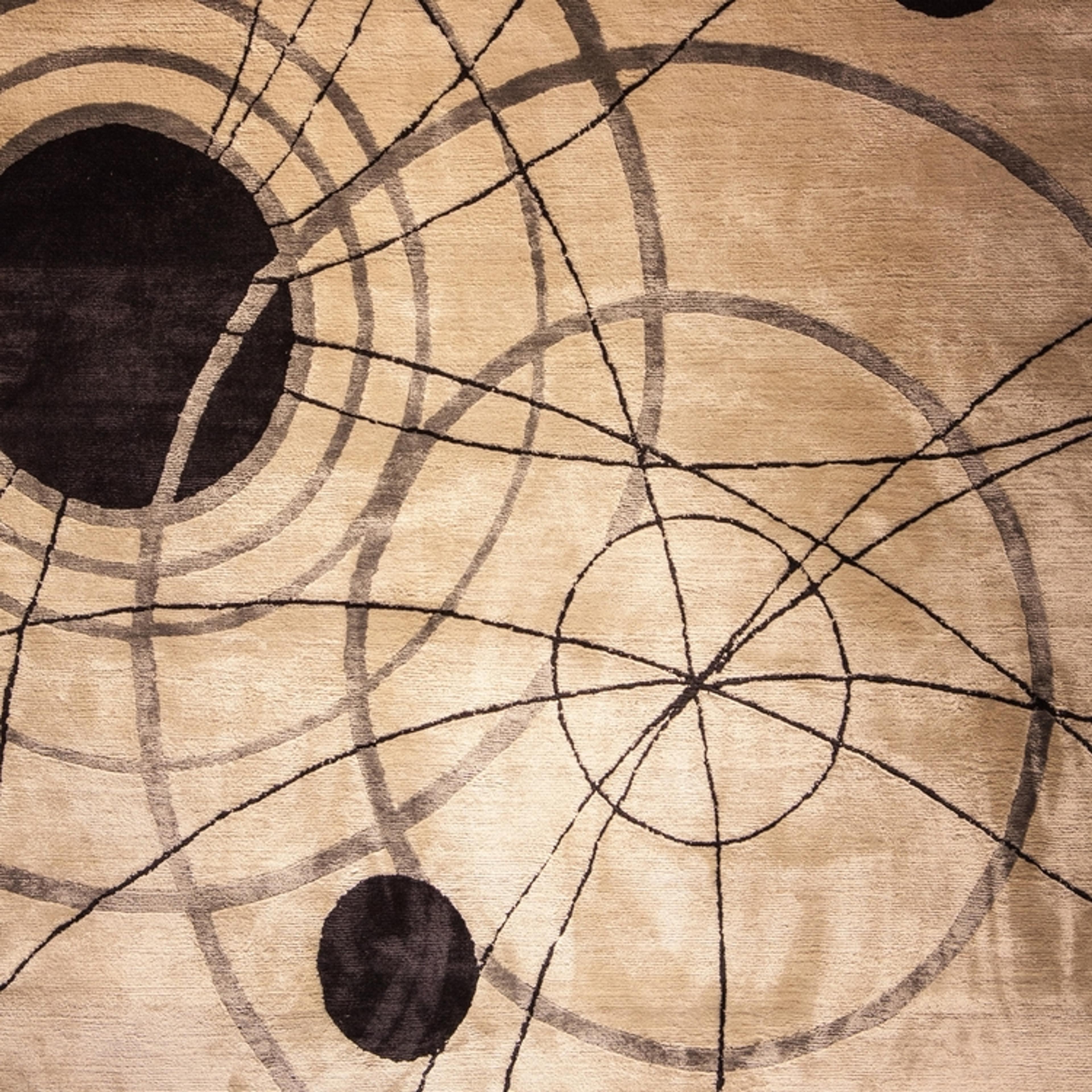
F. PICABIA SILK RUG
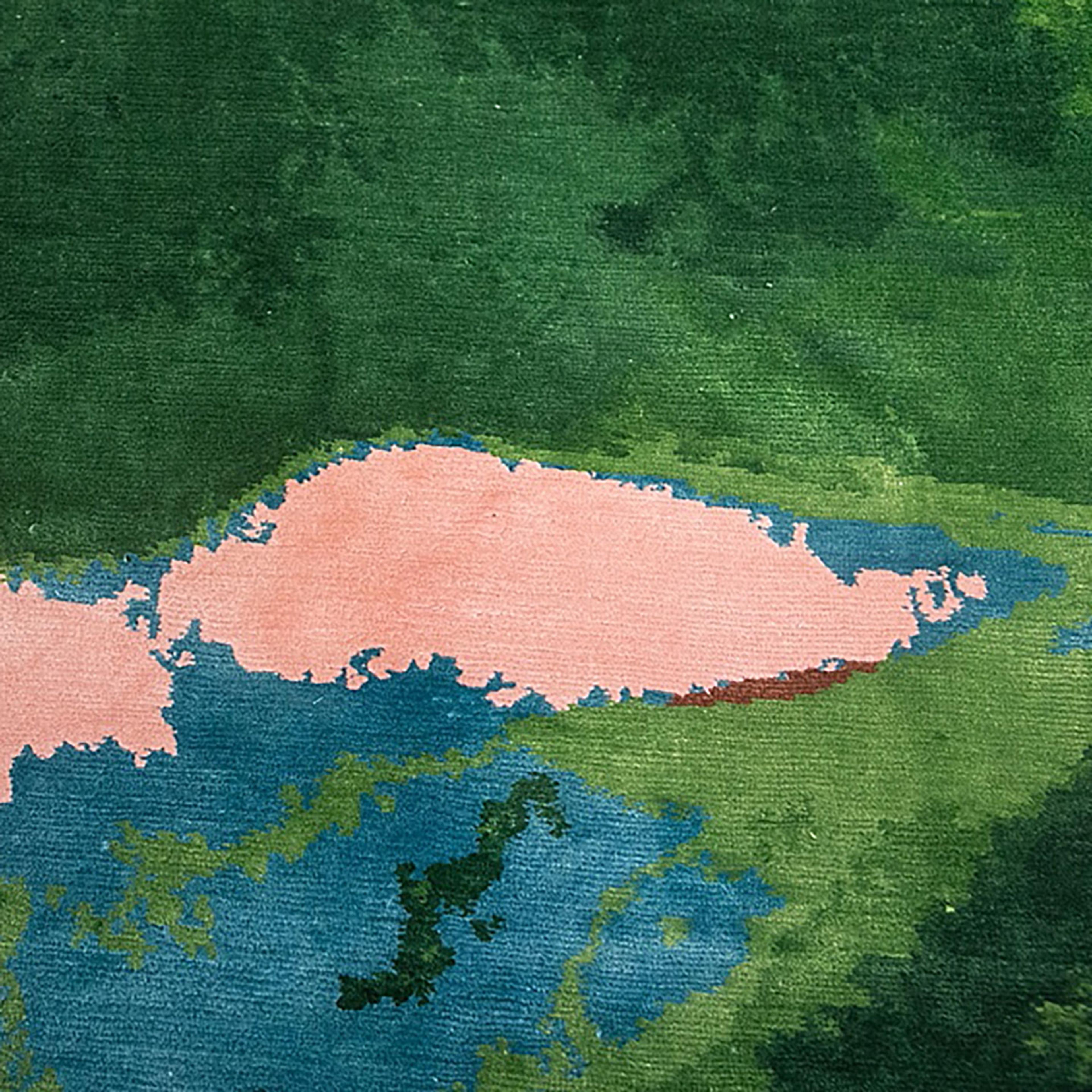
F. GEHRY SILK RUG
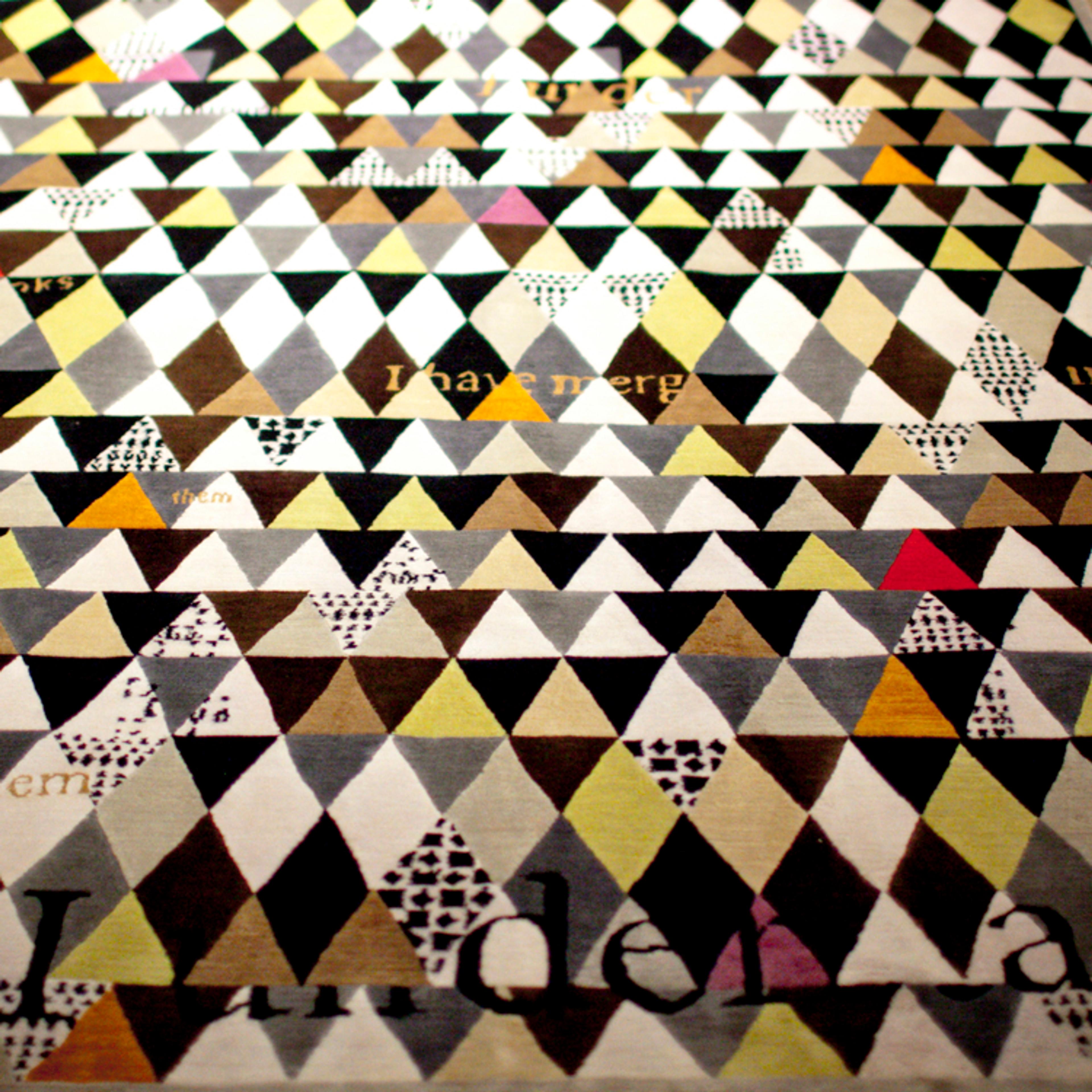
M. BITZER SILK RUG

BESPOKE RUGS | S2G

BESPOKE RUGS (S2G)

BESPOKE RUGS (S2G)

BESPOKE RUGS (S2G)

S. DE GUNZBURG RUG

S. DE GUNZBURG RUG
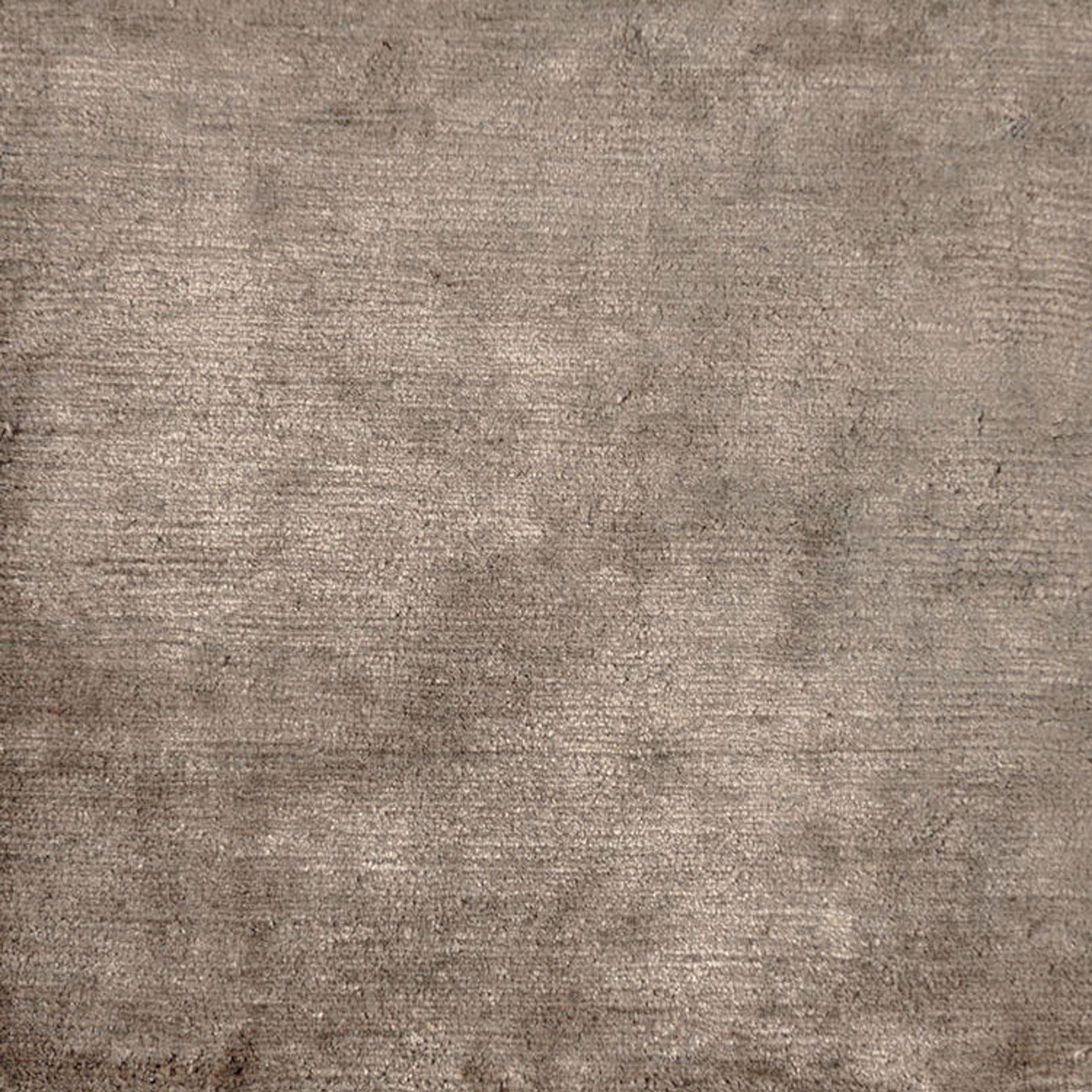
BESPOKE RUGS (S2G)

BESPOKE RUGS (S2G)
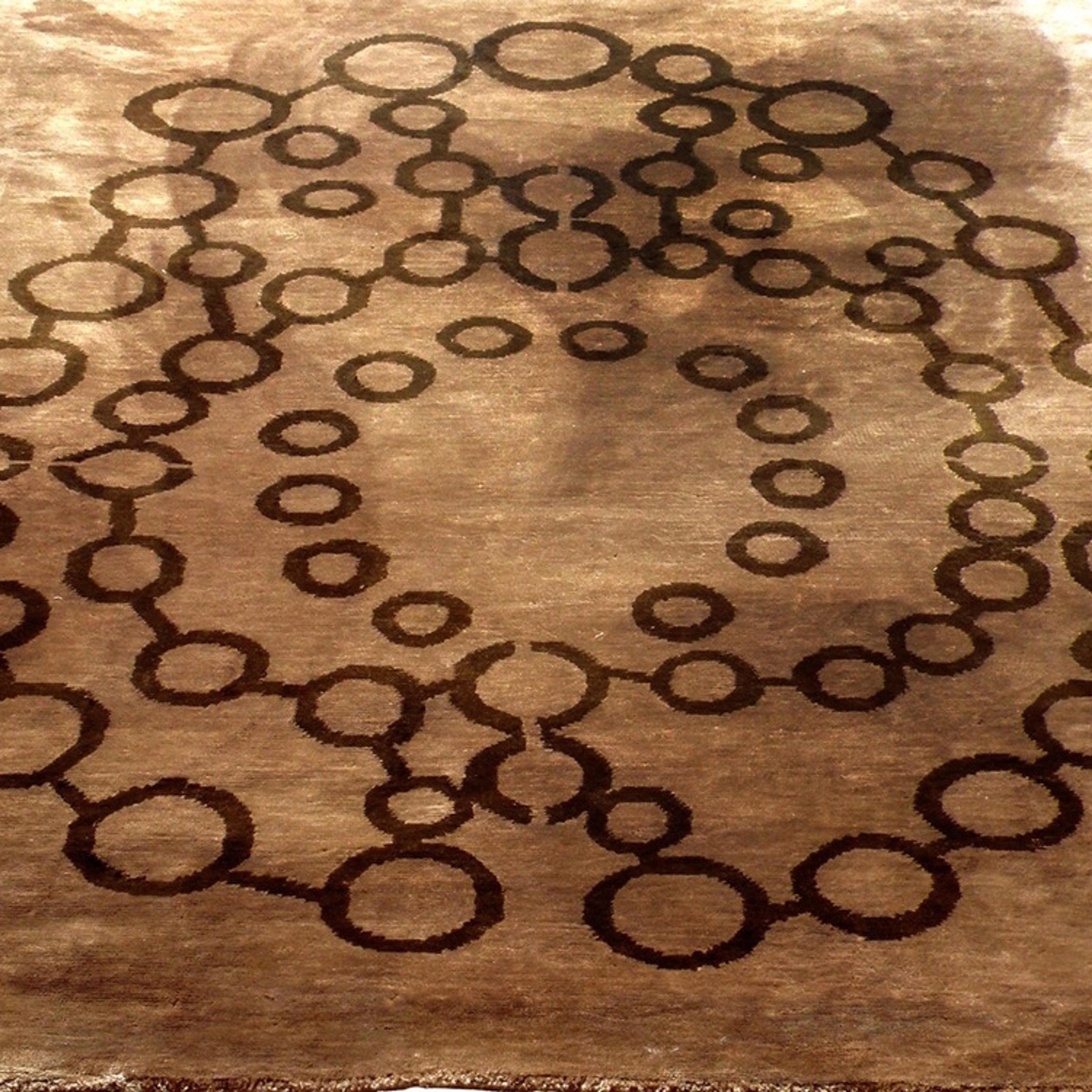
S. DE GUNZBURG RUG
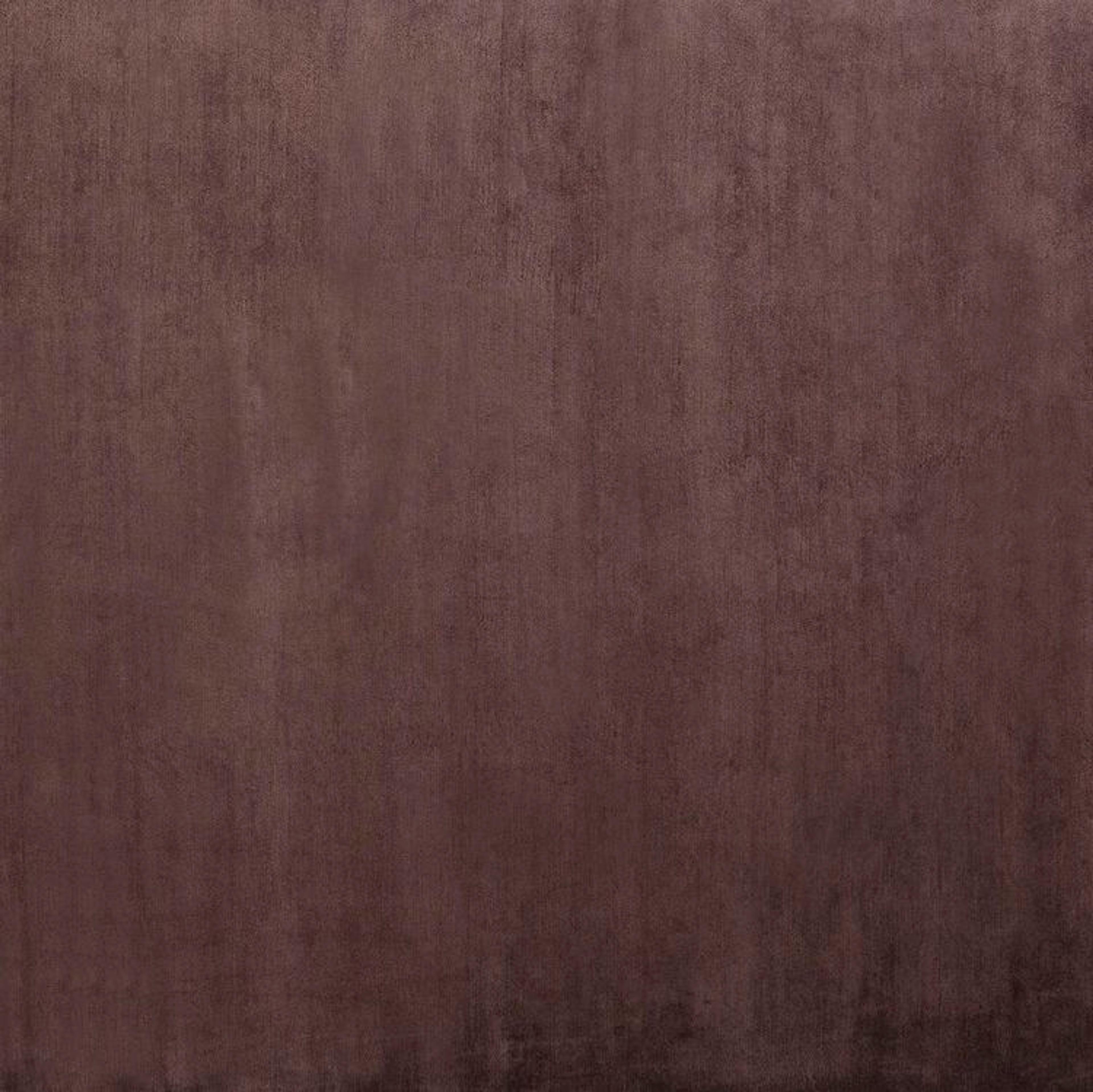
BESPOKE RUGS (S2G)
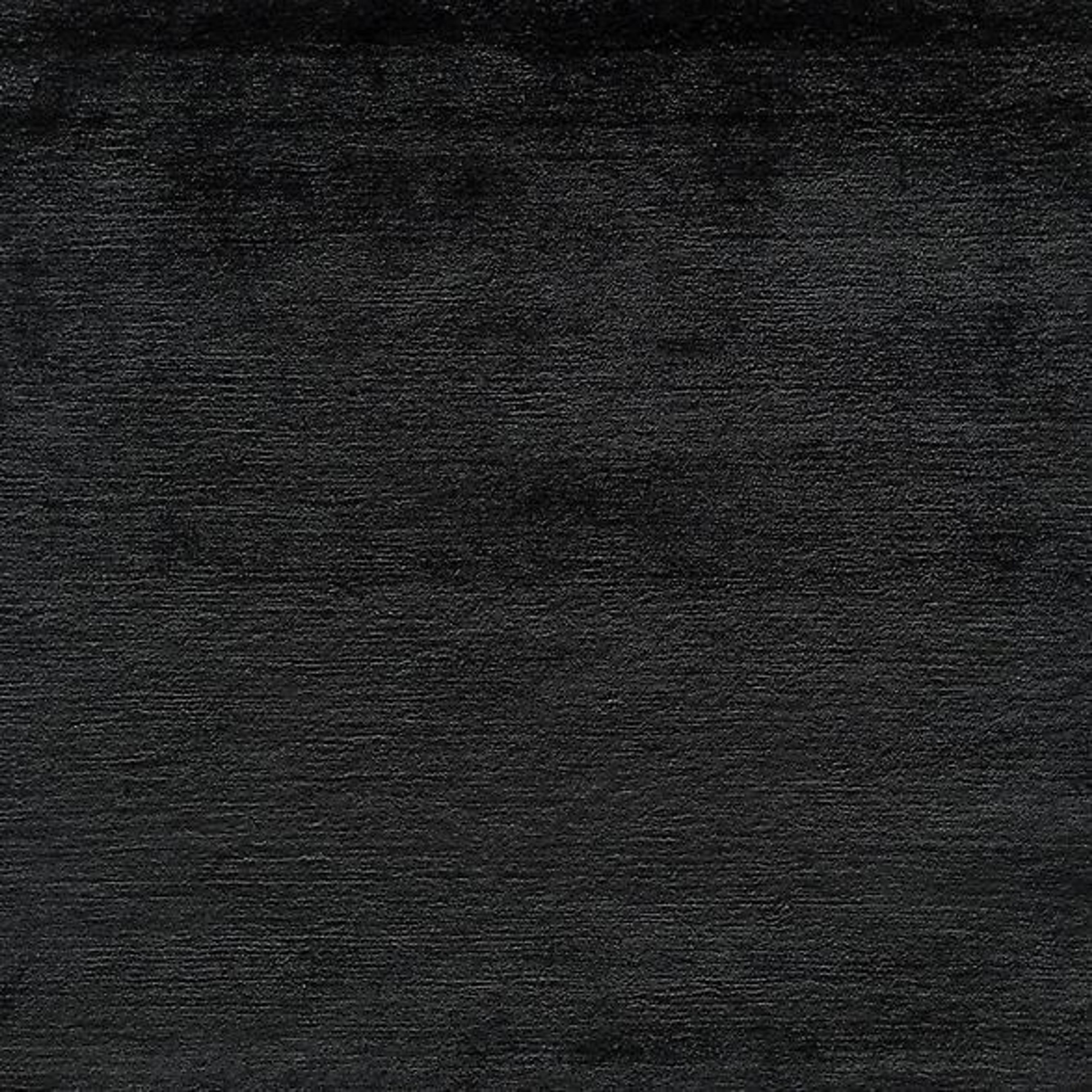
BESPOKE RUGS | S2G
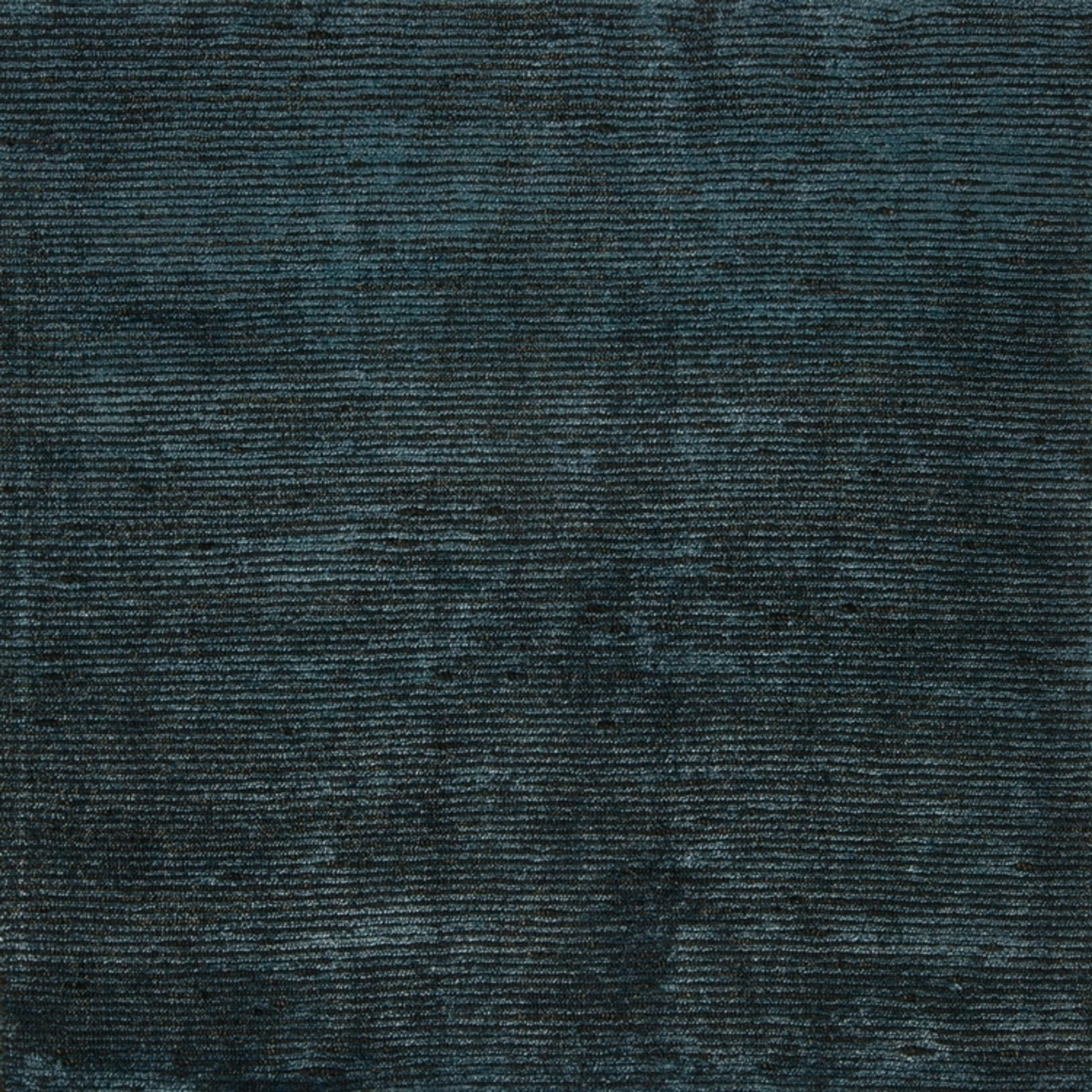
BESPOKE RUGS | S2G
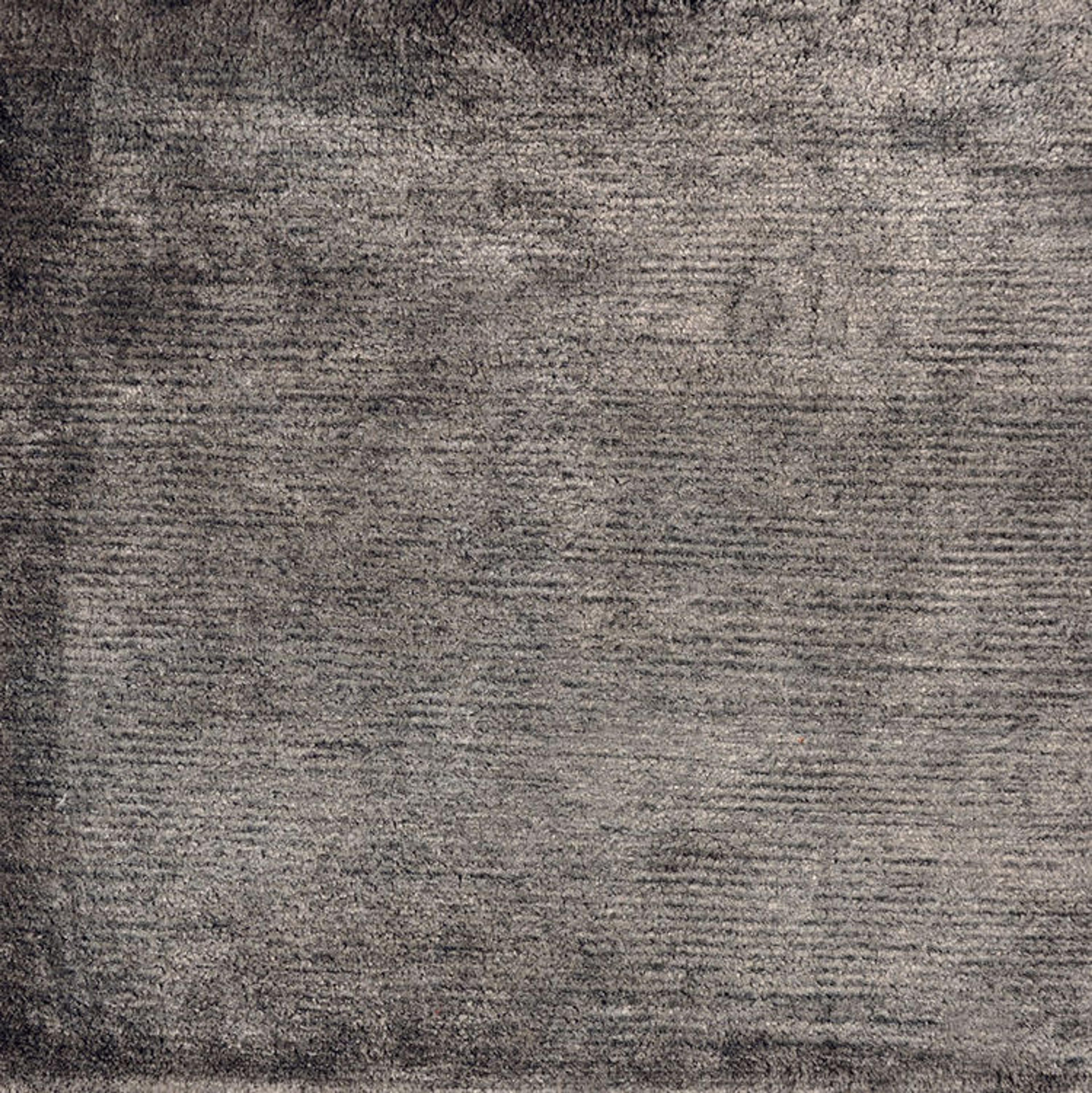
BESPOKE RUGS (S2G)

BESPOKE RUGS (S2G)
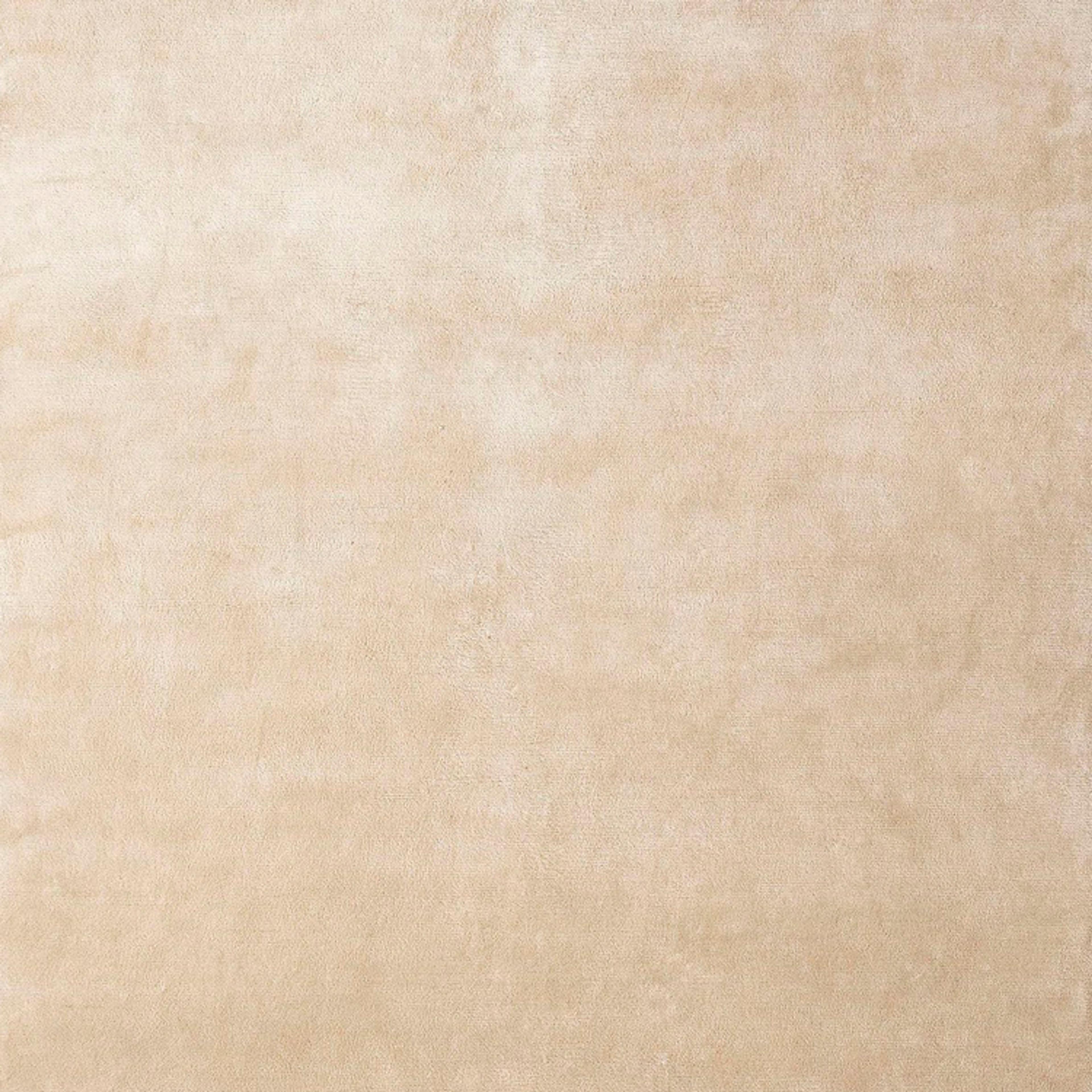
BESPOKE RUGS (S2G)
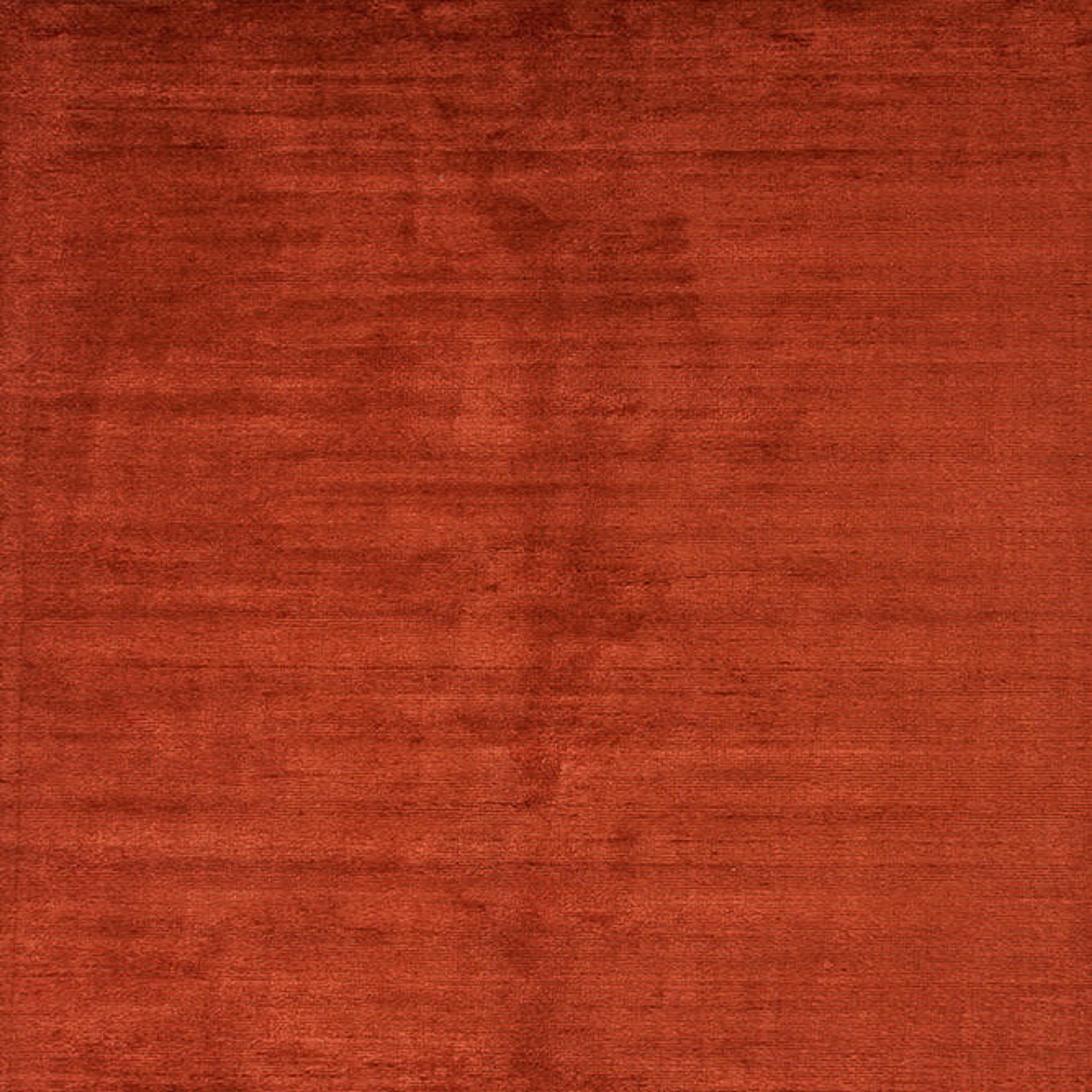
BESPOKE RUGS (S2G)
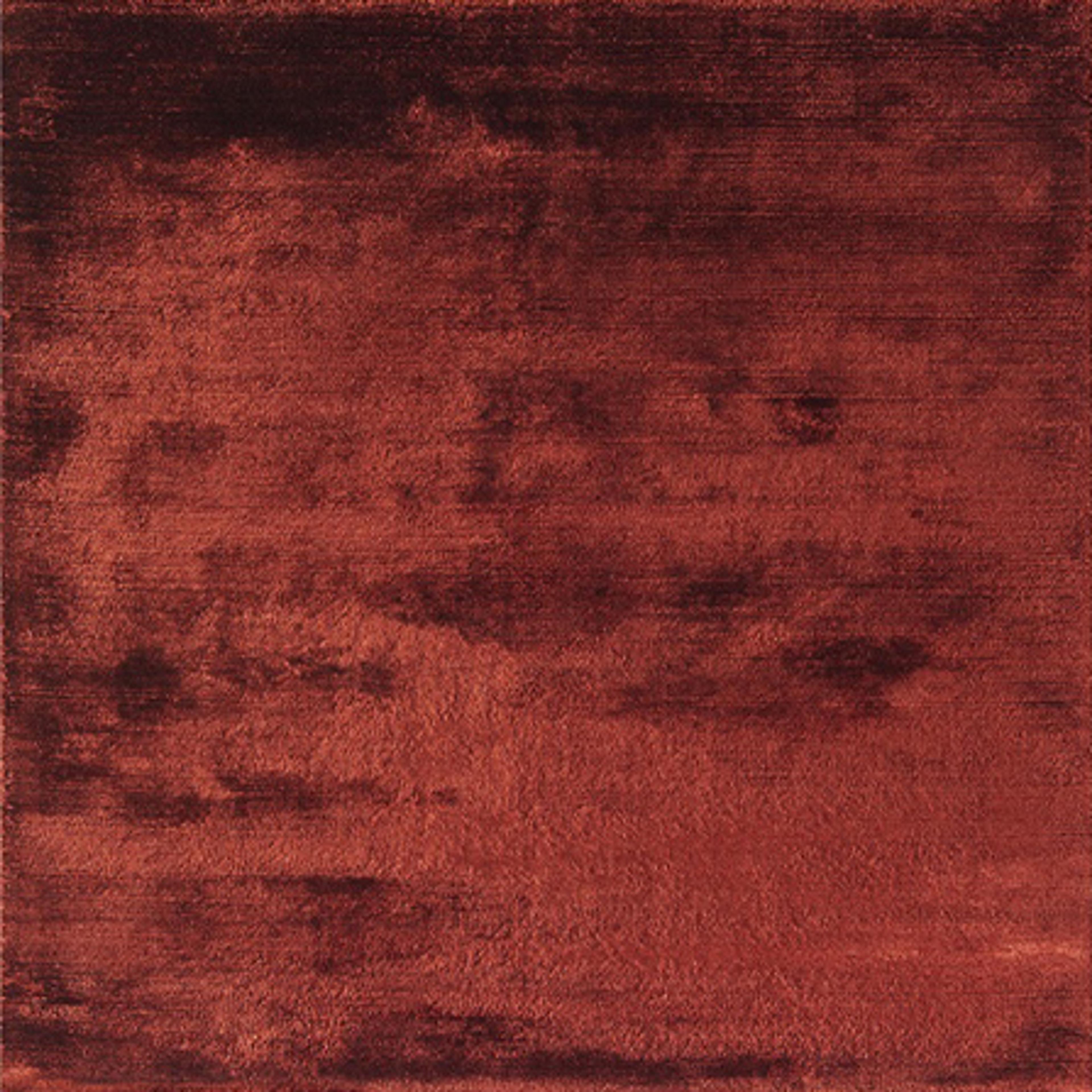
BESPOKE RUGS (S2G)
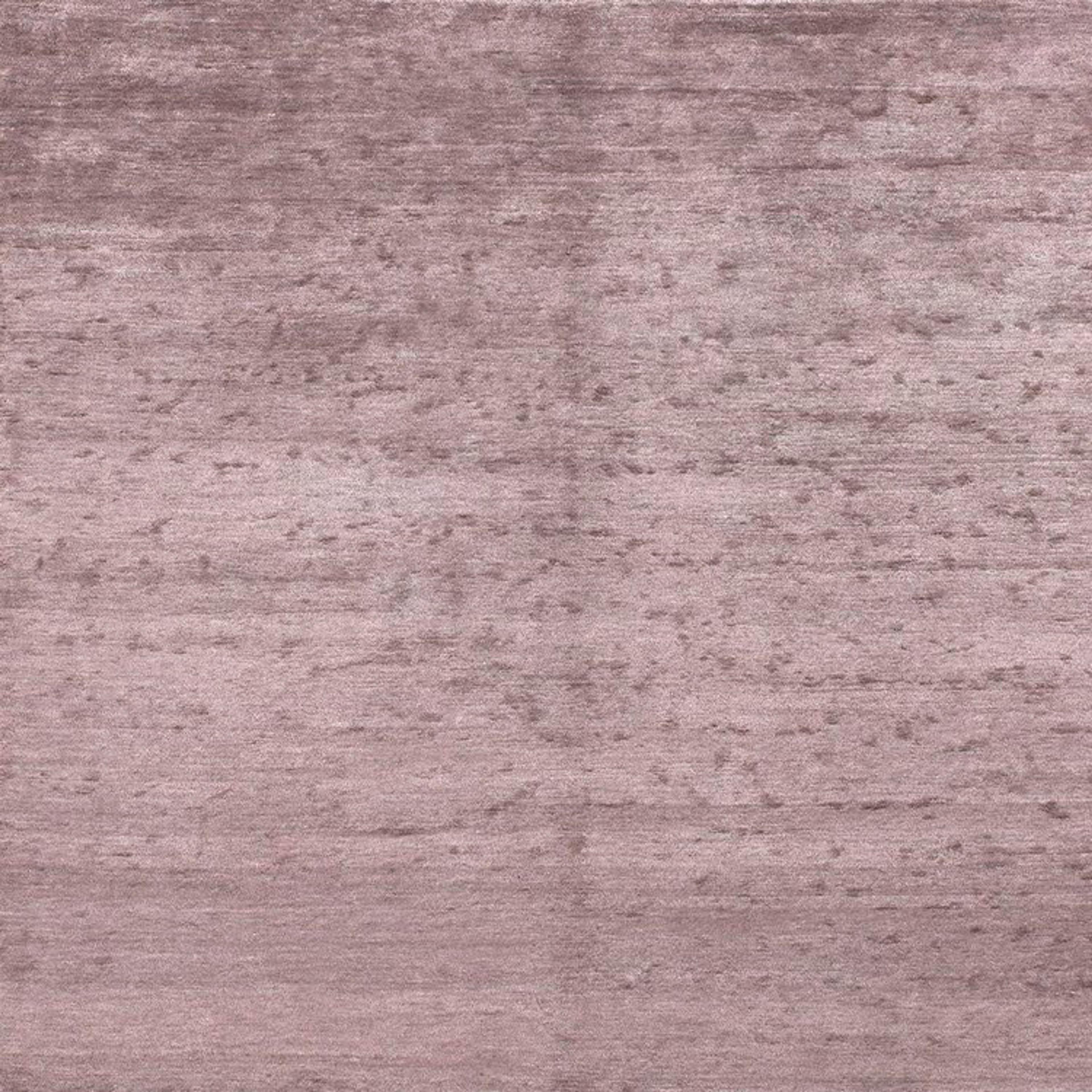
BESPOKE RUGS (S2G)
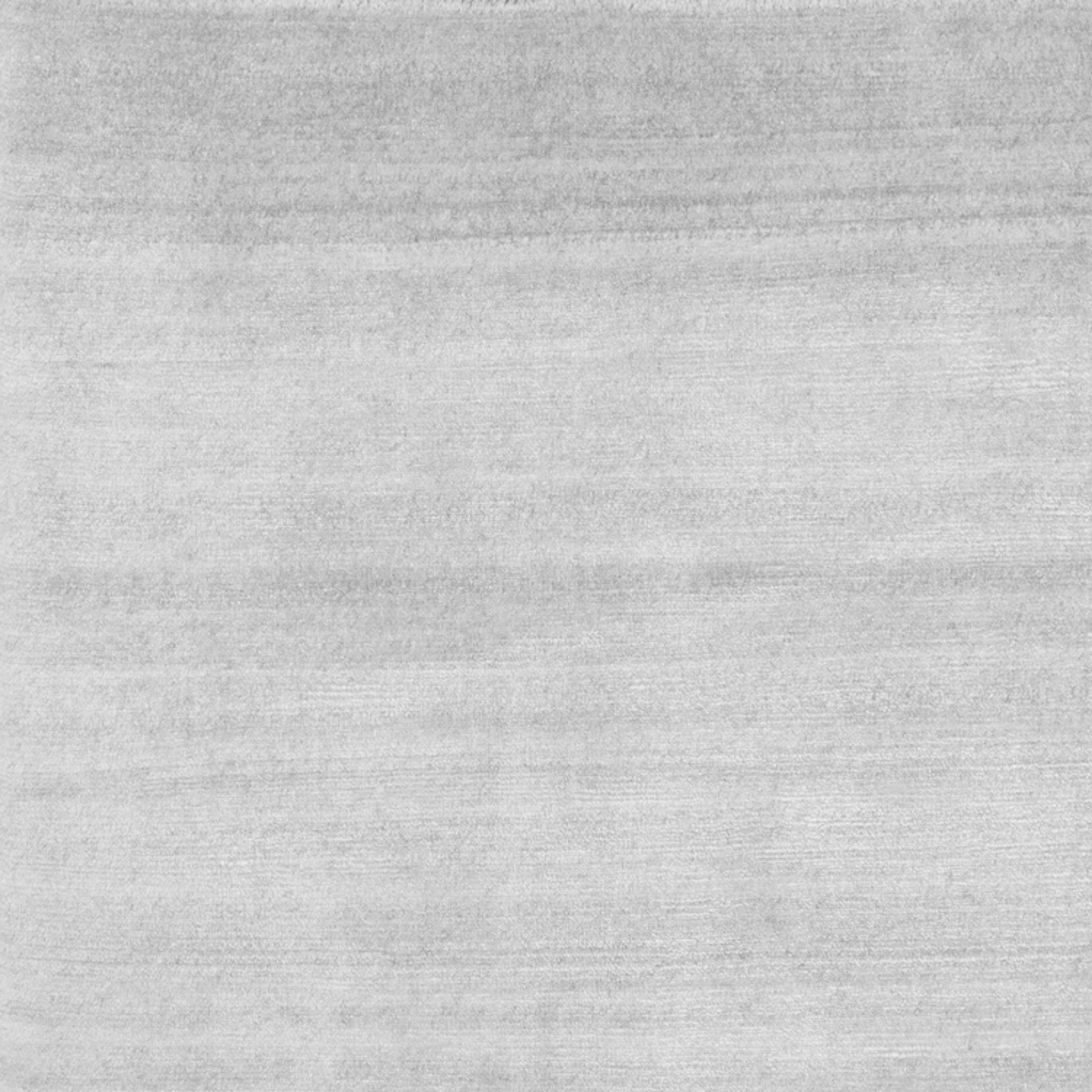
BESPOKE RUGS (S2G)
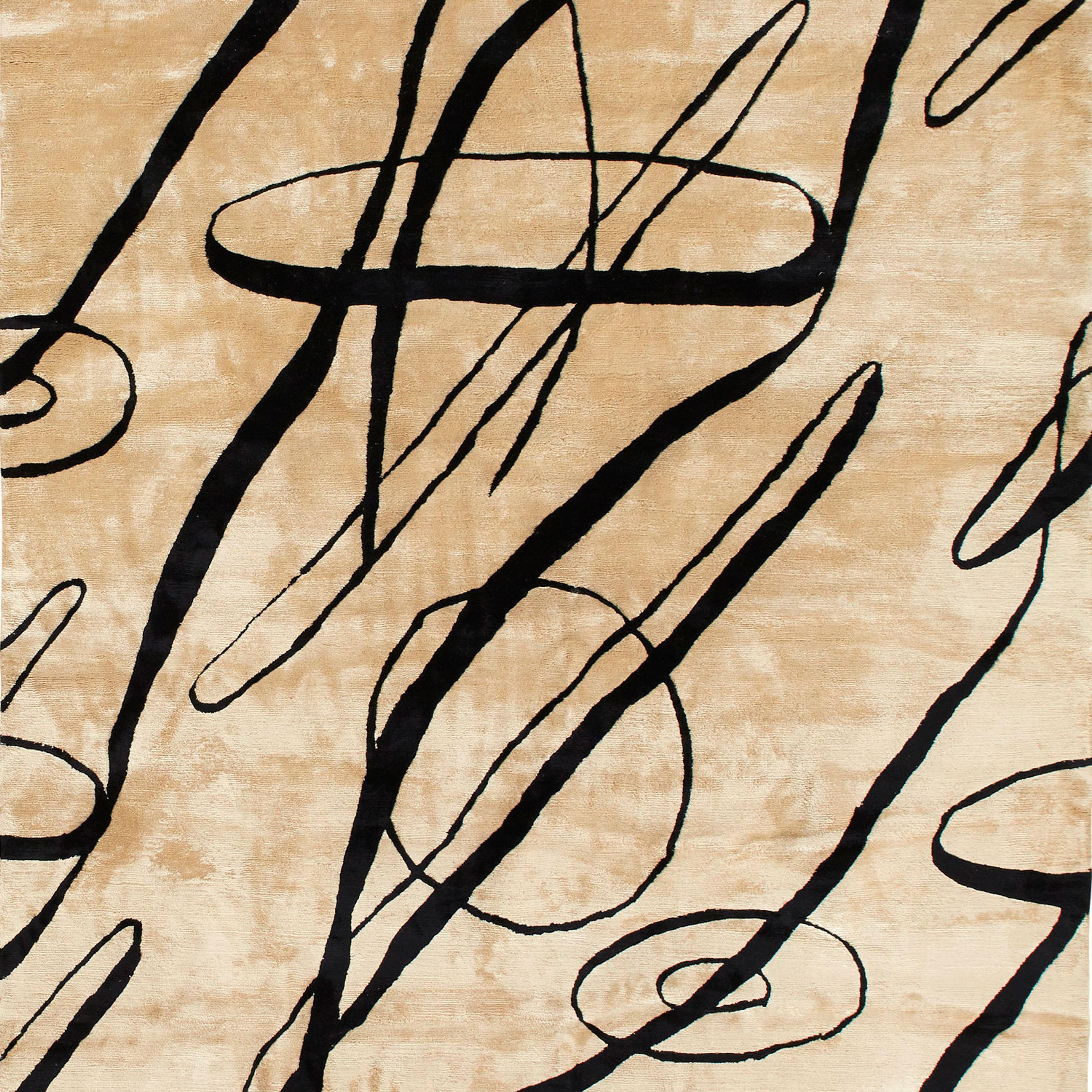
POLIAKOFF SILK RUG

VLADIMIR KAGAN RUG
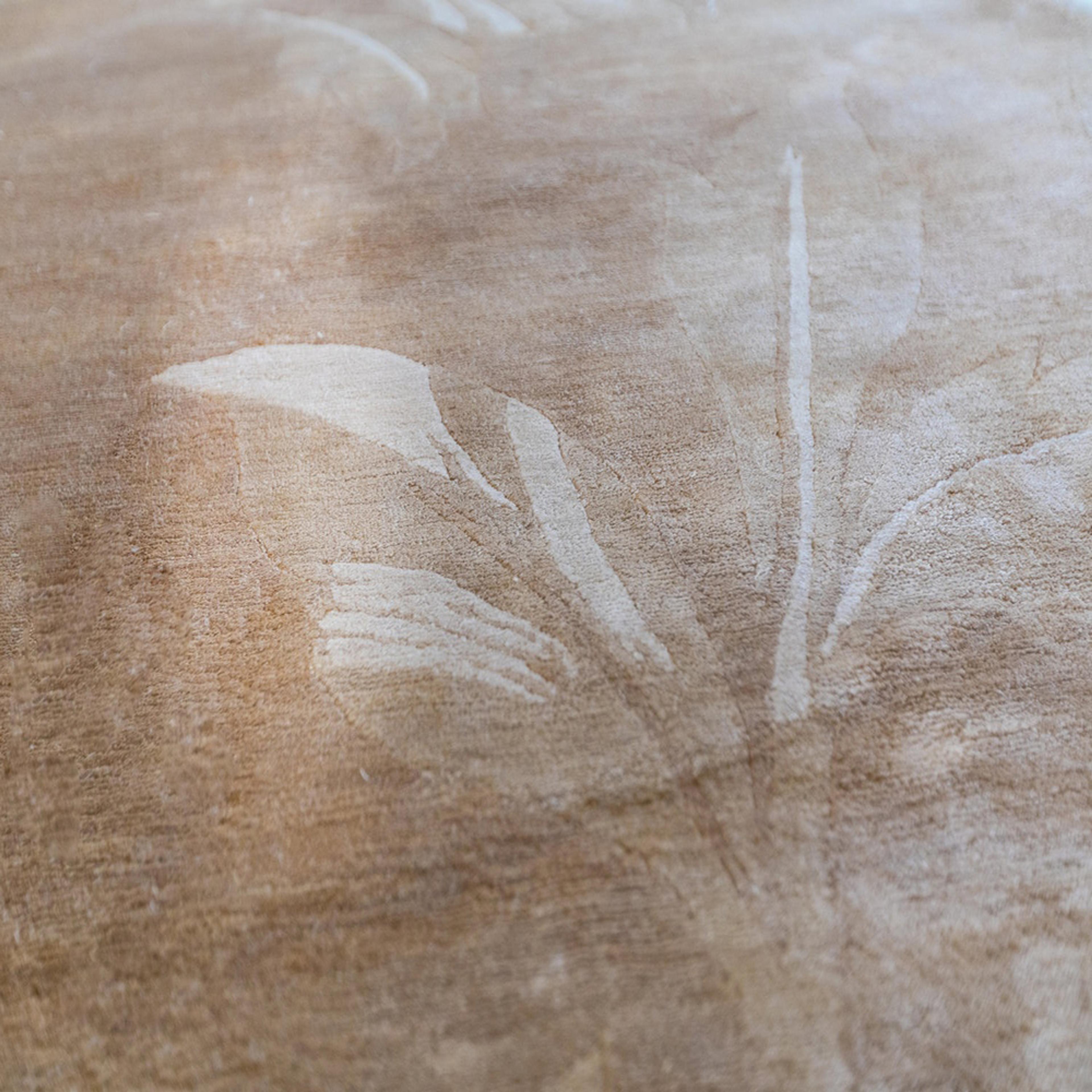
THE WEBSTER RUG
